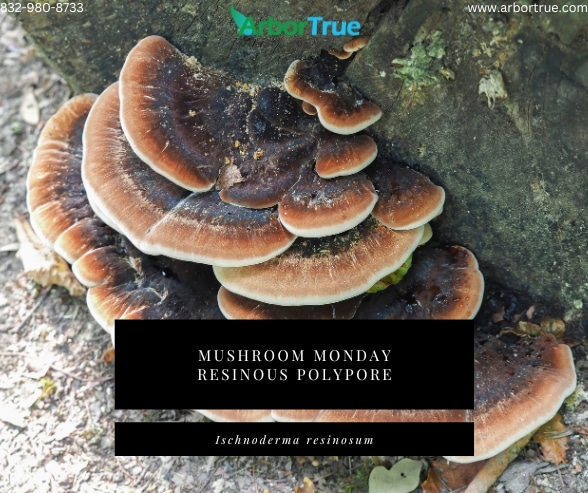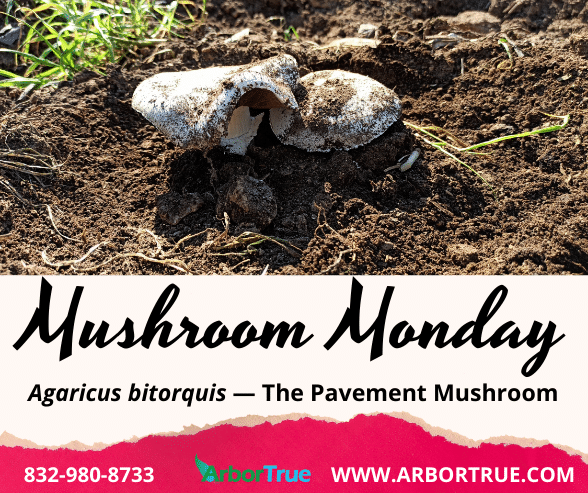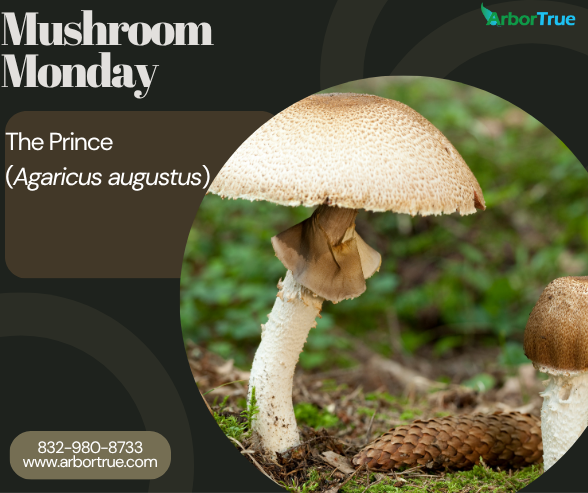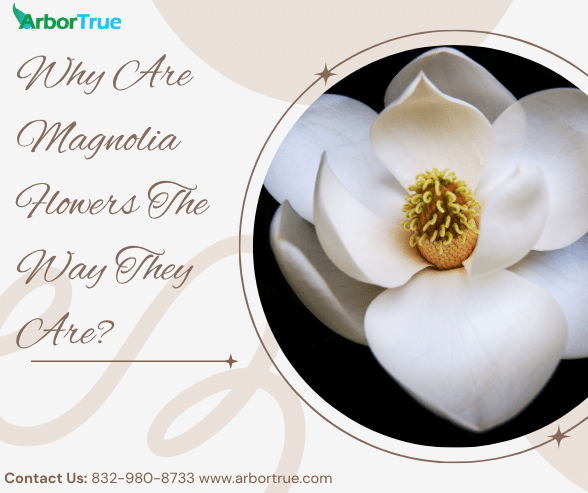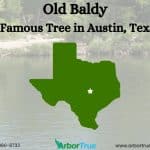
Old Baldy: A Famous Tree in Austin, Texas
April 12, 2024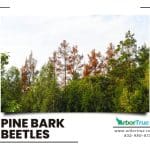
Pine Bark Beetles
April 17, 2024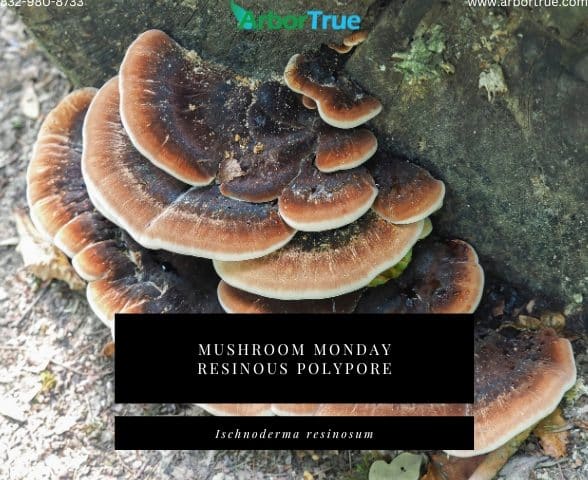
Mushroom Monday: Resinous Polypore (Ischnoderma resinosum)
Happy Mushroom Monday to all! Today’s Mushroom Monday mushroom is the Resinous Polypore (Ischnoderma resinosum).
What Do Resinous Polypore Mushrooms Look Like?
Resinous polypore mushrooms change in appearance as they mature. When they are young, they are thick, soft, and whitish, with pink and brown tones. They have a velvet surface and a white edge. They’ll turn brown in color if damaged.
When they mature, their texture gets tougher and leather-like. They darken in color, becoming browner, with areas of dark brown. Their surface will also have less hairs than younger mushrooms.
The mushrooms range in size from around 2 to 7.5 inches across and 1 to 3.5 inches deep. They generally have a semicircle shape and they lack a stem. If the mushrooms grow on the bottom side of logs, they won’t develop a cap.
Where Does the Common Name, Resinous Polypore, Come From?
The resinous part of the name comes from the liquid that can come out of young specimens of this mushroom. The liquid is watery and resinous.
The polypore part of the name comes from the idea that resinous polypore mushrooms don’t have gills. Their pore surface is on the bottom side of their caps. We’ve posted about two other polypores: beefsteak mushrooms and dryad’s saddle. As we’ve explained before, polypores are mushrooms without gills that instead have tubes that end in pores. The mushroom spores are produced in the tubes.
Where can Resinous Polypore Mushrooms be Found?
Resinous polypore mushrooms can be found around North America, as well as on other continents. They can be found alone or in groups and will be found on hardwoods. They can be found on stumps, wood that has fallen recently, as well as on wood that fell years before. The fruiting part of the mushroom will be visible in the fall.
What Kind of Mushrooms are Resinous Polypore Mushrooms?
Resinous polypore mushrooms are saprophytic. They get nutrients from dead and decaying wood. They cause white rot in wood.
If you found this information about Ischnoderma resinosum helpful, check out our other Mushroom Monday posts on the TrueTreeTalk blog. Follow us on Facebook to keep up with these and other posts. Check out our list of blog posts grouped by topic for more to read. Also, follow us on LinkedIn for industry-related posts.
* * *
ArborTrue is a science-based tree service company in the greater Houston area. We also serve Austin and other parts of Central Texas. We provide a range of services including tree trimming, tree pruning, tree removal, tree planting, arborist consultations, and more. Call us today at 832-980-8733 (Houston) or at 512-546-3833 (Austin) or reach out to us online to schedule an appointment.
ArborTrue has a dedicated landscaping division, now serving select areas in the greater Houston region—with more locations coming soon. We specialize in organic practices, soil biology, and ecological health to help your entire landscape truly thrive. To learn more or schedule a consultation, contact us at landscape@arbortrue.com.

